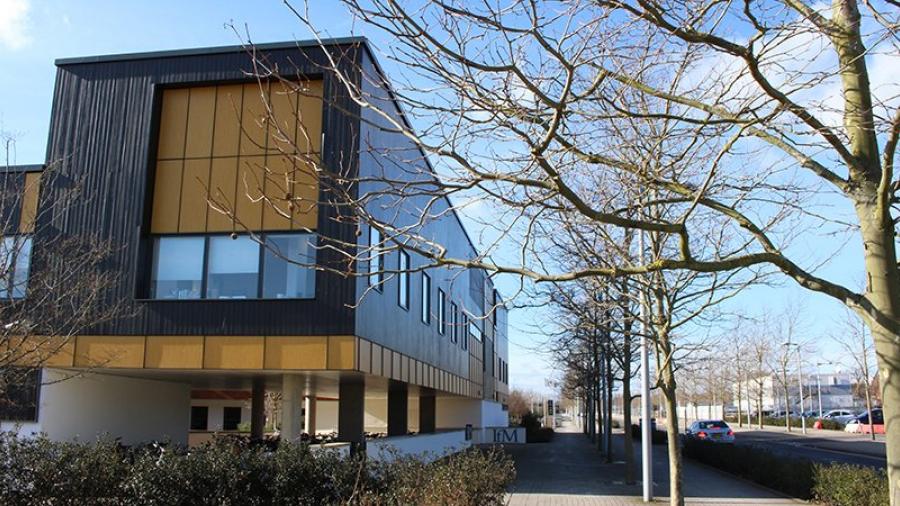
Design at Wolfson
Design combines architecture, engineering and materials science in one degree, giving you the opportunity to design solutions to environmental and societal challenges. You will learn how small and large-scale designs such as physical objects, apps, artificial intelligence, electronics or architecture and planning systems can influence people, cultures, economies and the natural world.
The course is structured around a series of core studio projects, which will require you to create solutions to real-world problems: from planning stage through to pitching a final product and evaluating user impact. Many of the courses are taught with Architecture, but Design offers the opportunity to explore the technical side of design in much greater depth and will lead to partial professional accreditation in both architecture and engineering.
You can find further information about studying Design on the University's course pages. Detailed information is also available on the Department's Tripos page.

What are we looking for?
You must have an enthusiasm for both the arts and the sciences. The ability to draw and an interest in engineering, materials, design and architecture are essential, as is a knowledge of mathematics to at least an A-Level standard.
Entry Requirements
All applicants must meet the university minimum entry requirements of A*AA at A-Level (or equivalent). All applicants must hold an A* in Mathematics. A-Level Further Mathematics or Physics would be advantageous, although this is not essential. Please consult the University's entry requirements for Design for further information.
Applications
Applications to study Design at Wolfson are submitted through UCAS. The College additionally requires the submission of written work, a separate written assessment and an online interview, as detailed below.
| Written Work | Applicants are required to submit a PDF (6 A4 pages, and less than 15MB in size) of their own artwork by 2 November. The selection of images should, in part, reflect material you might present at the interview as part of your portfolio. |
| Assessment | Those interviewed will also sit a written assessment (drawing task only) around the time of the interview. Further information about the written assessment can be found on our applying page. |
| Interview | Shortlisted candidates will be invited to be interviewed in December. There will be one or two interviews (in total lasting 40-50 minutes) which will be conducted online via Zoom. Candidates are also expected to show a portfolio of recent work at interview; they will be encouraged to discuss their work with the interviewers during their subject interview. We are not expecting to see work of an architectural nature in the portfolio (e.g. plans, sections, etc). What we will want to see is something that will illustrate that candidates have a strong interest and experience in the subject as well as exceptional ability in the visual and material arts. Normally drawing and painting forms the basis of the portfolio but other media such as sculpture and photography may also be included. It is usually sufficient for three-dimensional work to be exhibited in photographs. A sketchbook with ongoing drawings is extremely helpful and applicants are encouraged to have one at the interview. It may be in any media (pencil, charcoal, crayon, etc) and should include a variety of subject matter. The work can be material prepared for school-leaving examinations but creative work executed outside formal courses will also be welcome. |
For more information about making an application, please visit our application webpages.
You can also find useful information on our Application FAQs page.